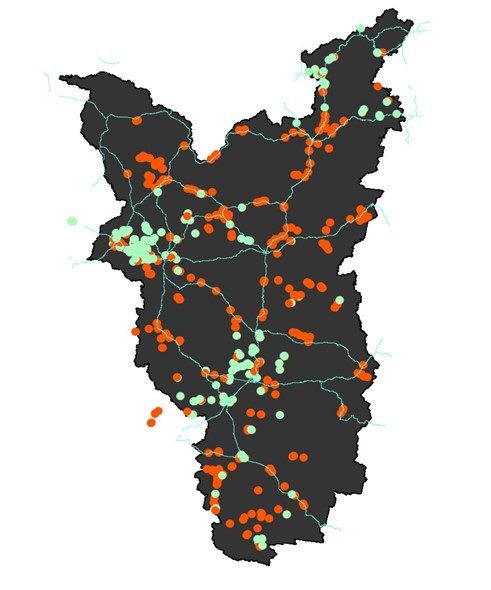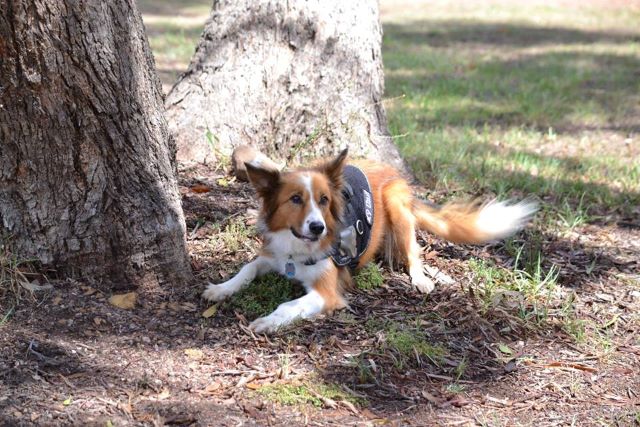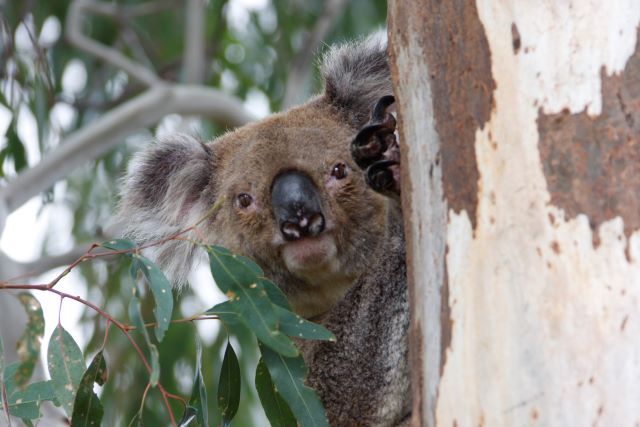Cool Country Koalas
Northern Tablelands Koala Recovery Strategy project
The Koala (Phascolarctus cinereus) is an iconic Australian species found over a vast yet highly fragmented range of eastern Australia. Koalas are listed as vulnerable to extinction in the Commonwealth Environment Protection and Biodiversity Conservation Act, 1999 and the NSW Threatened Species Conservation Act,1995. The NSW Recovery Plan for the Koala purports the species status on the Northern Tablelands is unknown.
In 2015, Northern Tablelands Local Land Services staff started off the Northern Tablelands Cool Country Koalas project by commissioning a koala strategy.
The Northern Tablelands Koala Recovery Strategy project seeks to address the deficit of reliable information on Koala populations and their status in the region. The strategy will guide future research and planning to avert decline of Koala populations on the Northern Tablelands and will enable strategic delivery of on ground incentives through the Trees on Farms program.
This strategy had four key pillars:
- Understand what’s happening with our koalas. Nothing was known about koalas in the Northern Tablelands; where were the populations, and what were the threats?
- Helping those who support koalas. Many people in our community support koalas. In particular, Wildlife Rescue groups give their time to care for koalas who are sick or in need. They are also often the people who know the most about koala needs, individually and at a population scale. Supporting those who volunteer to help koalas is an important part of ensuring koalas survive into the future.
- Helping koalas. Once we know about koalas, we can then set about eliminating the threats they face
- Create awareness around koalas. Koalas are a hot topic now, but that wasn’t always the case. Creating awareness about the need to help koalas is an important part of our strategy – as well as telling people about how these cool creatures work and how to help them!
Understanding what’s happening to our koalas
With limited funding at the time, Northern Tablelands Local Land Services focussed on pillar 1 of its strategy – understanding what’s happening to our koalas.
Northern Tablelands Local Land Services got together 12 experts who made estimates of where Northern Tablelands Koala populations were. It then sent out researchers to check if they were right! It took 6 years to collect this data, but researchers managed to survey most of the Northern Tablelands. This is usually done by looking for koala scats (poo). This is because koalas poop up to 150 times a day! So wherever a koala was, so are its scats.

Map of everywhere that has been surveyed.
Baxter the sniffer dog has been a huge help with this. Read more about Baxter.

We also managed to do some cool things along the way.
- We had a botanist note down which trees had the most koala activity in Armidale and Inverell
- We did a small study on disease in the Inverell and Armidale and found that 61% of Armidale’s 25 koalas sampled at chlamydia! That is one of the highest rates of chlamydia in koala populations seen! Northern Tablelands LLS is hoping (and applying for grants) for a vaccine trial to occur in Armidale, to save our koala species!
- We also compared Inverell and Armidale koala genetics! Turns out that they are genetically very different – and also that someone had put an Inverell koala in the Armidale Area!
Read our reports for more in-depth details
- Northern Tablelands Koala Recovery Strategy 2015-2025 PDF, 2936.44 KB
- Cool Country Koala Project 2016/2017 Northern Section Final Report PDF, 8234.22 KB
- Cool Country Koala Project 2018/19 Final Report PDF, 3642.73 KB
- Cool Country Koala Project 2019 – 2020: Northern Tablelands Koala Habitat and Pilot Genetic Project PDF, 7010.56 KB
- Cool Country Koala Project 2020-2021: Northern Tablelands Koala Habitat and Pilot Disease Project PDF, 13177.74 KB
- Iwata Gully TSR Management Plan 2022-2027 PDF, 357.54 KB
- Humpy Bridge TSR Management Plan 2022-2027 PDF, 413.19 KB.
With funding from the Australian Government, Northern Tablelands Local Land Services has since also started to work on the other 3 pillars of our koala strategy.
Outcomes so far include:
- Planted 75 hectares for koalas in partnership with GWYMAC and Granite Borders Landcare
- Installed 20 wildlife drinkers with GWYMAC
- Protected 35 hectares for koala conservation
- Applied to Inverell Council to have koala signage in vehicle strike areas around Inverell – thankyou Inverell Council
- Equipped koala carers with traps, in partnership with Southern New England Landcare – thankyou SNELC
- Sprayed 150 hectares for lantana and blackberry, which hinder koala movement
- Two Travelling Stock Reserves removed from the grazing permitting system and managed for koala conservation.
The next two years will be bigger and better still. Watch this space!
If you would like to know more about koalas on the Northern Tablelands, watch this webinar. You can skip to specific questions in the description.
Log your sightings!
We’re asking everyone on the Northern Tablelands to log their koala sightings, using the inaturalist app.
Baxter the sniffer dog can’t be everywhere. If people like you log their koala sightings, we will have a better idea of where koalas live in the Northern Tablelands, and how that changes over time. A lot of funding is also currently allocated according to where the most koalas are recorded.
Want to know more?
Contact Northern Tablelands Local Land Services Officer, Helen Ward via helen.ward@lls.nsw.gov.au
